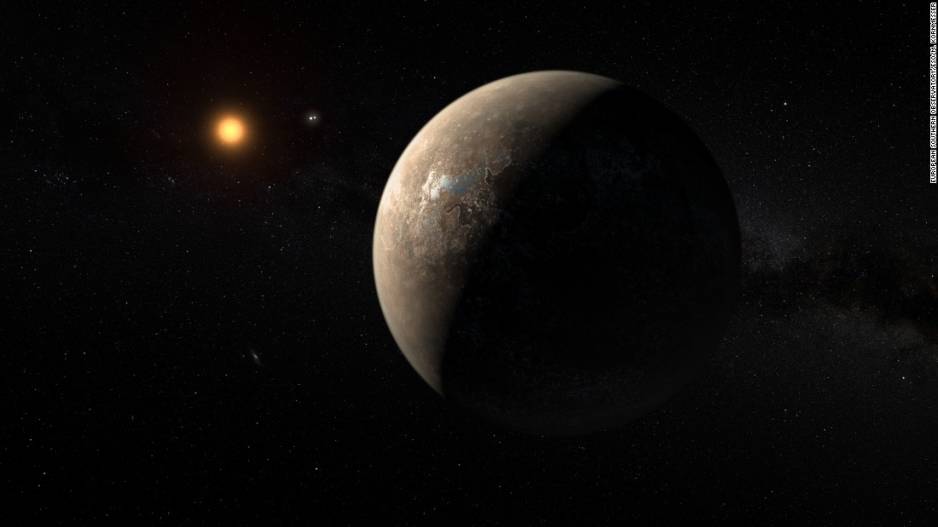Recommended Stories
Washington: Researchers have identified more than 121 giant planets that potentially host moons capable of supporting life.
These giant planets have orbits within the habitable zones of their stars, meaning it's neither too hot nor too cold for liquid water -- and potentially life -- to exist.
At more than three times the radii of the Earth, these gaseous planets are less common than terrestrial (rocky) planets, but each is expected to host several large moons.
"There are currently 175 known moons orbiting the eight planets in our solar system. While most of these moons orbit Saturn and Jupiter, which are outside the Sun's habitable zone, that may not be the case in other solar systems," said Stephen Kane, Associate Professor at the University of California, Riverside (UCR), in the US.
"Including rocky exomoons in our search for life in space will greatly expand the places we can look."
Scientists have also speculated that exomoons -- rocky moons that orbit an exoplanet -- might provide a favourable environment for life, perhaps even better than Earth.
That's because they receive energy not only from their star but also from radiation reflected from their planet. However, until now, no exomoons have been confirmed.
"Now that we have created a database of the known giant planets in the habitable zone of their star, observations of the best candidates for hosting potential exomoons will be made to help refine the expected exomoon properties," noted Michelle Hill, an undergraduate student at the University of Southern Queensland.
The study, published in The Astrophysical Journal, will guide the design of future telescopes that can detect these potential moons and look for tell-tale signs of life, called biosignatures, in their atmospheres, Hill said.













